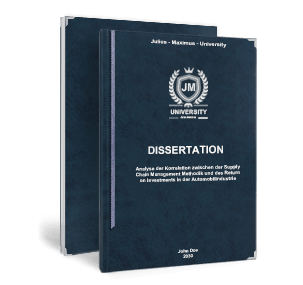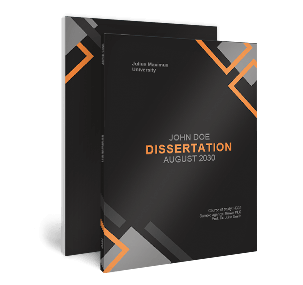Hardcover vs. Paperback
The binding types in comparison
✓ Hardcover
✓ Paperback
✓ Comparison of hardcover vs. paperback
From
$22.90
Express delivery:
Inhaltsverzeichnis
Hardcover vs. paperback
The hardcover, as the name implies, consists of a sturdy cupboard cover with leather optics. The binding is extremely robust and impresses with its high-quality design. The cover of the hardcover binding can be customized with an individual embossing.
The paperback features a flexible, customizable cover that allows for complete personalization. Its design can be tailored to meet your specific needs, making it an appealing choice primarily because of its versatile design options.
The binding types in comparison
 |
 |
|
Hardcover |
Paperback |
|
From $29.90 |
From $22.90 |
|
| Binding type | ||
| Material | ||
| Optics | Leather-look finish Matt or slightly shiny |
Shiny due to lamination |
| Number of sheets | ||
| Advantages |
|
|
| Disadvantages |
|
|
Use for academic works


Any questions left unanswered?
FAQs
The main difference between hardcover and paperback bindings lies in their construction and durability.
The hardcover features a sturdy, rigid cover made of cardboard, with a premium leather-like finish, making it more durable and suitable for significant academic works like dissertations.
In contrast, the paperback has a flexible, softer cover, with a laminated front foil to protect the work, making it lighter and more affordable, ideal for casual or less formal academic papers.
Pros:
- Elegant design
- Refinement options
- High-quality material
- Individual embossing
- Robust, sturdy binding
Cons:
- Inflexible
- Highly priced
- Heavier weight
It depends on the purpose. Hardcover is better for significant works that require durability and presentation, while paperback is more suitable for affordability and customization.
Yes, if you value durability, aesthetics, and long-term preservation for important academic works, the investment in a hardcover is often justified.



